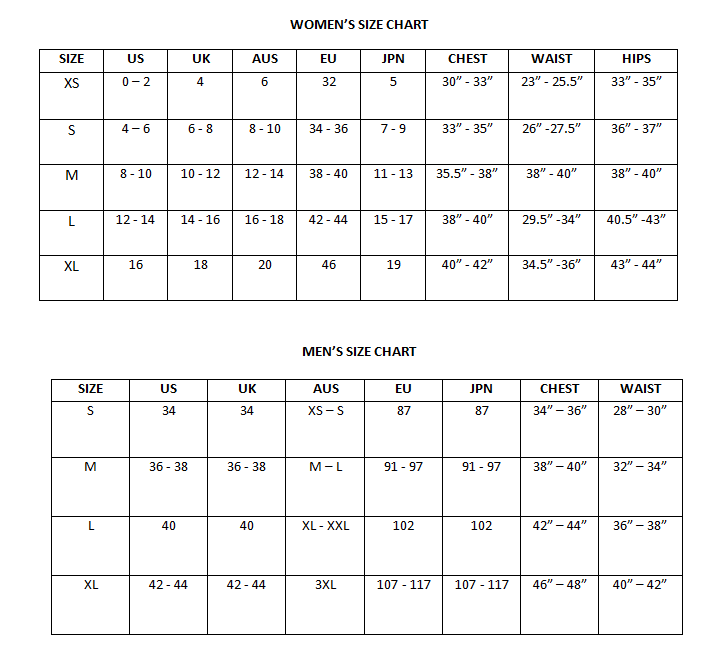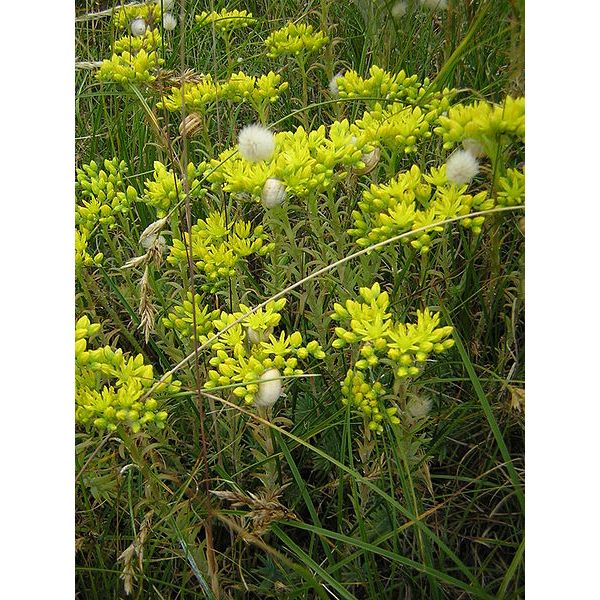Sedum Rupestre Seeds (Sedum Reflexum, Reflexed Stonecrop, Stone Orpine)
Sedum Rupestre Seeds (Sedum Reflexum, Reflexed Stonecrop, Stone Orpine)
Reflexed Stonecrop can tolerate drought and is highly tolerant of urban pollution and will even thrive in inner city environments...

Delivery
All orders shipped with UPS Express.
Always free shipping for orders over US $250.
All orders are shipped with a UPS tracking number.
Returns
Items returned within 14 days of their original shipment date in same as new condition will be eligible for a full refund or store credit.
Refunds will be charged back to the original form of payment used for purchase.
Customer is responsible for shipping charges when making returns and shipping/handling fees of original purchase is non-refundable.
All sale items are final purchases.
Help
Give us a shout if you have any other questions and/or concerns.
Email: contact@domain.com
Phone: +1 (23) 456 789
Availability: In stock
SKU
Sedum Rupestre
Sedum rupestre – Blue Spruce Stonecrop
Sedum rupestre, commonly known as Blue Spruce Stonecrop, is a hardy, low-growing succulent that forms dense, trailing mats of blue-gray foliage. Its slender, needle-like leaves resemble the needles of a spruce tree, giving it a unique ornamental appeal in rock gardens, containers, and ground covers.
Native to Europe, this drought-tolerant perennial thrives in full sun and well-drained soils. In summer, it produces clusters of bright yellow star-shaped flowers that attract pollinators like bees and butterflies. Sedum rupestre is not only beautiful but also low-maintenance, making it an ideal choice for xeriscaping and green roofs.
This species is evergreen in mild climates and can tolerate poor soils, heat, and neglect. It spreads easily by rooting along the stems and is excellent for erosion control on slopes or cascading over walls.
- Height: 10–15 cm (4–6 inches)
- Hardiness: USDA zones 4–9
- Light: Full sun
- Water: Low – drought tolerant
- Uses: Ground cover, rock garden, containers, green roof
| Common name | Jenny's Stonecrop, Stone Orpine |
|---|---|
| Family | Crassulaceae |
| Genus | Sedum |
| Species | Sedum reflexum |
| Germination | Sowing directly into small pots is recommended. Use seed spoons if you have them or mix the fine seeds with fine sand to aid even distribution. Fill pots with an acid-free, free-draining soil seed compost. Tap the pot to settle the compost, but do not firm the mixture down. Stand the pots in water, moisten thoroughly and drain. Seeds should be scattered very lightly over the surface. Sedums require light for germination. Cover seed lightly with vermiculite after sowing. If possible, place in a propagator otherwise, secure a polythene bag around the pot or cover the container with glass or and place in a warm place. Keep soil slightly moist but not wet. Some people stand the containers on a tray of damp sand, so that they do not dry out. The seeds germinate best at temperatures of 18 to 22øC (65 to 72øF). Most seedlings appear within 14 to 21 days. Be careful to keep the top of the compost damp but not wet. As soon as the first seeds have germinated, remove the plastic or raise the lid slightly to permit circulation of air. Six to eight weeks after sowing transplant or thin out to 1 to 3 plants into a 9 to 10 cm pot or about 3 to 5 plants into an 11 to 15 cm pot. Avoid very large pots, because the substrate in pots that are too large will be permanently wet and wetness can cause growth inhibition and a poor root development. |
| Price View | Price Range |

